Located at the eastern end of Ramses Station, this newly renovated museum is heaven for railway geeks and model-building hobbyists. While the prize of the collection is undoubtedly the locomotive built for Empress Eugenie on the occasion of the opening of the Suez Canal, the museum as a whole traces the history of transportation in Egypt from the Pharaonic era to the modern-age, utilizing for the most part, a series of models, replicas, documents and old photos.
The museum receives school visits throughout the academic year so students can learn about the history of transportation in Egypt and the world, The museum was originally established in 1932, and opened its door for the public in 1933, showing the history of all means of transportation, not only since the railways were established in 1851.

The museum, which consists of two floors, presents the history of the railway since its establishment and contains models of steam locomotives, railway equipment and all railway documents starting from the first railway between Cairo and Alexandria, which was between Abbas Pasha of Egypt and Robert Stevens- the inventor of the steam locomotive in 1851.

The museum also includes the second largest steam locomotive in Egypt and the Royal train. It displays models of trains throughout the stages of development, since it was manual and contains a panorama of the entire railway line, It also lists the stages of development of ticket printing and how to print it and the tools used to print it.

The first railway built in Africa was in Egypt in 1853, The idea of building a railway goes back to 1833 when Mohamed Ali consulted his Scottish chief Engineer, T. Gallway, about building a route between Suez and Ain Shames to become the link between Europe and India, Mohamed Ali started initiating the project as he bought the rails in order to start building the route and the stations, However, France was able to prevent this from happening because the French government wanted to substitute this project with building a canal between the Red and the Mediterranean Seas, Mohamed Ali found himself shattered between the two ideas, so he refused to carry out any of them.

When Mohamed Ali died in 1849, England wrote to his successor, Abass Helmy I, asking him to build a railway in Egypt, He agreed, and he signed a contract with Robert Stephenson, on the 12th of June 1851, The contract asserted that the work should start in September of the same year and that Stephenson should be responsible for all the matters of the project.

The first railway route in Egypt was built in 1854, between Alexandria and Kafer Eassa, and it reached Cairo in 1856, In 1858, the route between Cairo and Suez was built, but it was taken off in the year 1878 after digging the Suez Canal, A new route was built in 1867 to connect Cairo with southern Egypt and Imbaba Bridge was built in 1891 to enable the trains to pass over the Nile near Cairo, And from this point on, the railway has become one of the most important means of transportation in Egypt, You can use the railway to go as far as Matrouh in the west and as far as Aswan in the north, Passengers can depend on the railway service to travel all over Egypt.

The museum consists of five sections, Transportation before steam engines section, This section demonstrates the evolution of transportation from the period of the pharaohs until the invention of steam engines, It has interesting models of the ancient boats that the pharaohs used, This is besides other models and pictures of wooden horse wagons that the pharaohs used in transportation and in the army as well. Ancient gadgets that were vital for the pharaohs are also displayed to show how civilized these people were.

The second section is the train section, which is considered the most important in the museum, it shows the development of trains from the first ever built wagon till the modern trains that we use in the present time, and the stations sections, Includes many models of train stations all over Egypt.

The bridges section, it contains models of all railway bridges all over Egypt. Pictures on the walls demonstrate the notion of the bridge and how men thought of it, The story says that there was a monkey who twisted his leg and wasn’t able to pass the river to go and eat from a tree, Each monkey held the legs of the other monkey in his hands and they all together constructed a bridge, The wounded monkey was able to pass the river moving on the bodies of his friends, When men saw this happening, they started to think of building bridges in order to help them pass rivers and seas.
The airplane section, this section gives a brief history of the development of airplanes from Wright till the present day. The section contains information about the airplane motors as well.




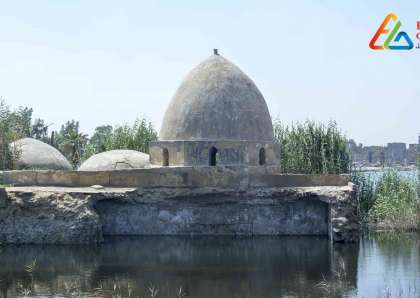

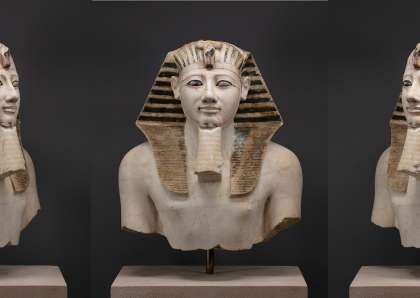












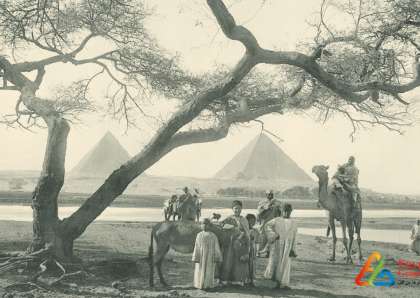














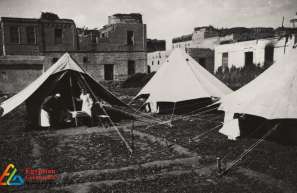



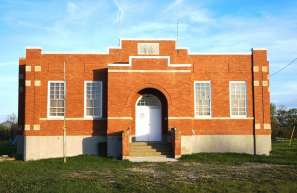








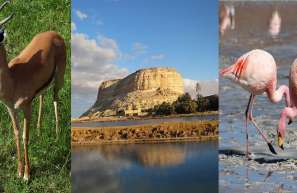
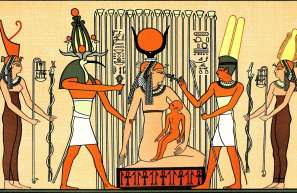







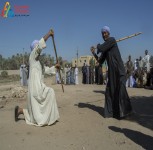


Egyptian Site & magazine